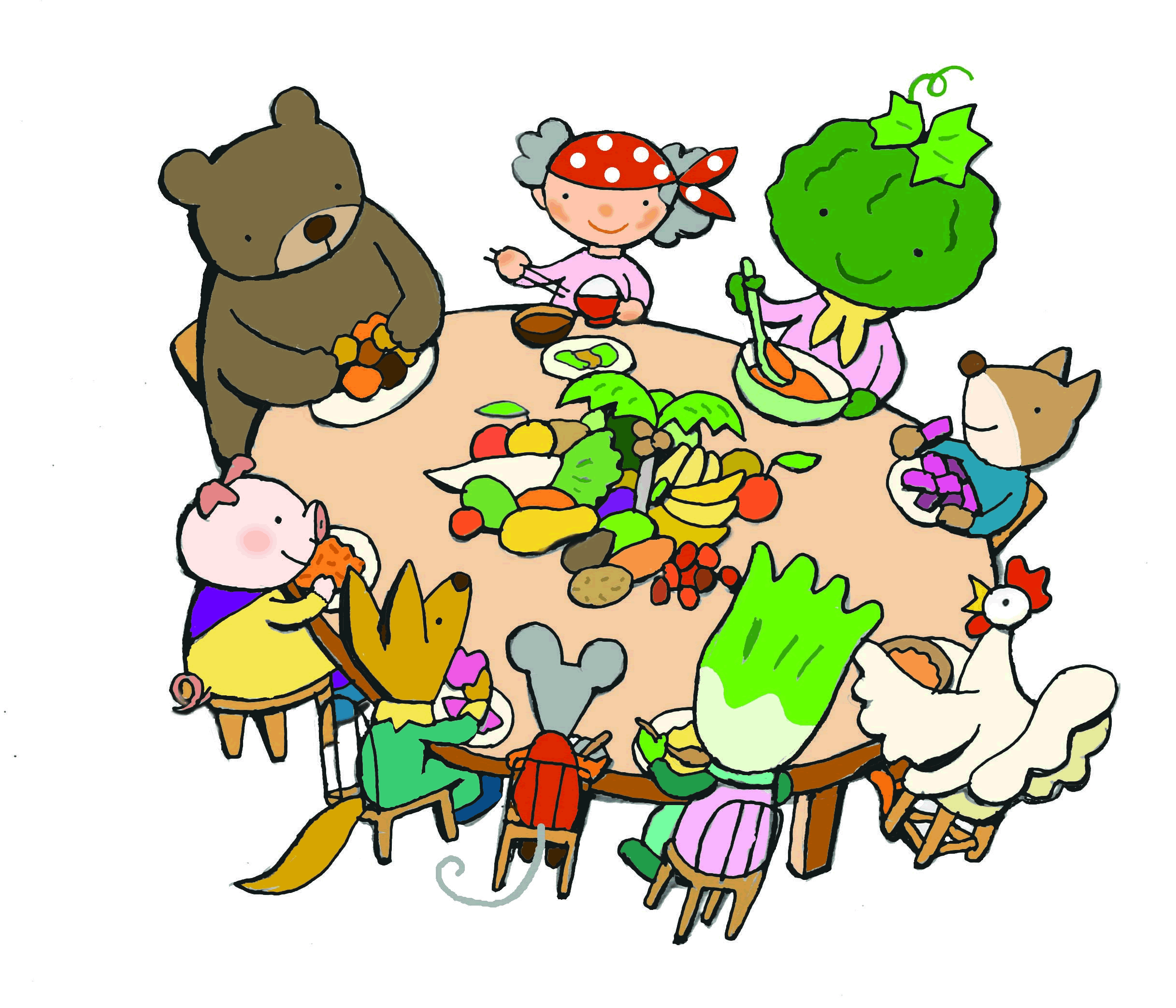By Michiyo Koketsu, Co-Chairperson, Consumers Union of Japan
In Japan, the food labeling system has been undergoing continuous deterioration over the past several years. How is it that the government has gone from leaving consumers scratching their heads over unclear labels, to violating our right to know and choose? It all started in 2015, when the food labeling system, which previously fell under a number of jurisdictions, was consolidated into the Food Labeling Law and placed under the Consumer Affairs Agency. They promptly established study groups to discuss the labeling of the origin of ingredients in processed foods, the labeling of food additives, and the labeling of genetically modified foods, but neither took into account the demands proposed by Consumers Union of Japan (CUJ). The Consumer Affairs Agency has ignored our calls for a better labeling system for consumers while making the labeling system convenient for corporations.
The Problem of Labeling the Origin of Ingredients in Processed Foods: “Manufactured in Japan” Claims are Misleading Consumers
A case in point is the labeling of processed food, which has changed since April 2022. The country of origin of the most commonly used ingredients in foods must now be indicated. Although it appears to be a step forward that labeling of the country of origin of raw materials, which was previously limited to certain foods, is now required for all foods, many loopholes were created by the study group. For example, if a product has origins in three or more countries, there is now no need to indicate the name of the country and it can be labeled as “imported.” This means that consumers have no idea where the ingredients originated.
Even more problematic is the labeling regarding domestically made flour. Bread and pasta are labeled “Flour (Domestically Made),” but if you think they are made from domestically produced wheat, you are mistaken. Unless it says “Made with Domestic Wheat,” it is almost certainly made with imported wheat. Imported wheat is milled into flour in Japan, so it can be labeled as if it were domestically produced. The baking industry claims that it is “not feasible” to label the country of wheat production because wheat needs to be blended with multiple flours, potentially from several countries, to stabilize the quality of bread, but this is exactly the kind of labeling that CUJ thinks will mislead consumers.
Food Additive Labeling Issues: “Synthetic” and Artificial” Prohibited
As if that is not bad enough, starting in April, it is no longer possible to label products as “Free of Synthetic Preservatives” or “Free of Artificial Sweeteners.” According to the Consumer Affairs Agency, consumers tend to avoid products with “Synthetic” or “Artificial” labels. As the additives used are those recognized by the government as safe, the agency claims the ban of “Synthetic” and “Artificial” labels will prevent misleading consumers. This means that food manufacturers who are striving to meet the wishes of consumers who do not want to consume chemically artificial preservatives and sweeteners, will not be able to tout the features of their products.
Furthermore, the labeling of “Chemical Seasonings” itself is no longer allowed. The Consumer Affairs Agency claims the reason for the ban is that the term is not in the law and its definition is unclear. CUJ does not agree as this expression has been used for more than 60 years since the mid-1950s; It is only a matter of clarifying the definition.
GMO Labeling Issues: Will “Not Genetically Modified” Disappear?
The “Not Genetically Modified” labeling is beginning to disappear from tofu and natto. This is due to a change in the condition for the contamination rate for which the GMO-free labeling is allowed, from “Less than 5%” to “Non-detectable (Practically Zero Percent)”. The new system will come into effect in April 2023, but some food manufacturers have already stopped using the “Not Genetically Modified” label ahead of schedule. In its place is the “Segregated Production and Distribution Controlled” label. This means that non-genetically modified soybeans have been segregated and controlled from the production stage in countries where genetically modified soybeans are grown, such as the United States, to the distribution stage when they are imported into Japan and made into products. However, this labeling does not tell consumers what it is that has been segregated.
Some people say that it is strange to be able to label products as “Not Genetically Modified” even if they contain nearly 5% genetically modified ingredients, and that this revision is justified. On the other hand, edible soybean oil made from 100% genetically modified soybeans is not required to be labeled “Genetically Modified,” while tofu*, which contains less than 1% genetically modified soybeans, cannot be labeled “Not Genetically Modified.” In this way, even with the government imposing changes in labelling requirements, as consumers we are still very much deprived of our right to know and choose what we buy and eat.
*The No GMO! Campaign found traces of genetically modified soybeans in three out of 10 commercial tofu products in a 2016 survey, ranging from 0.01% to 0.03%.

